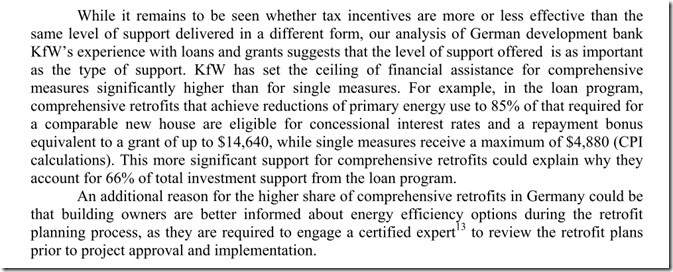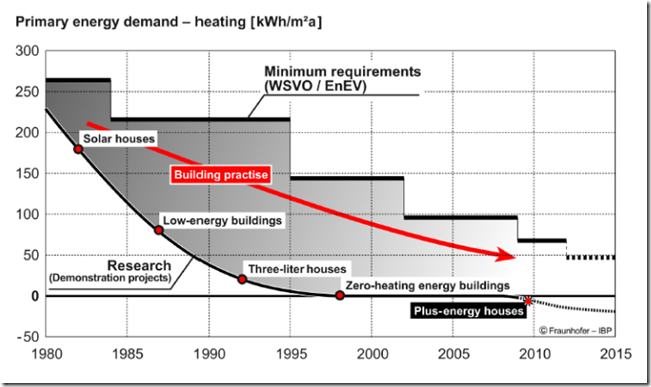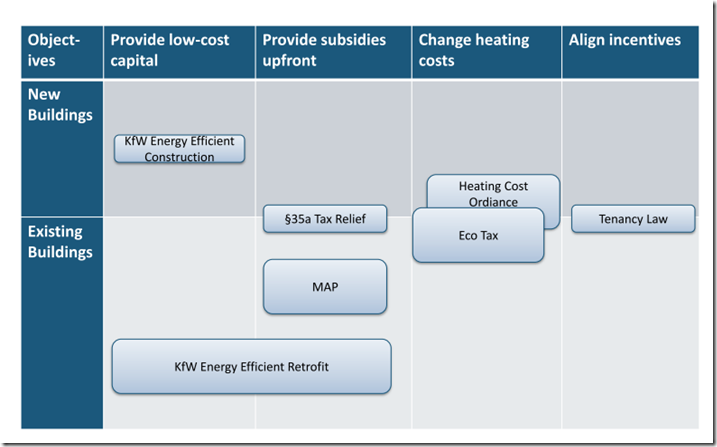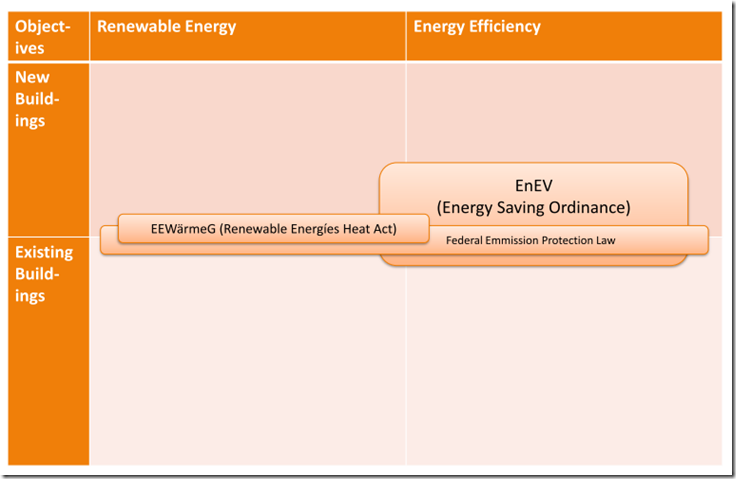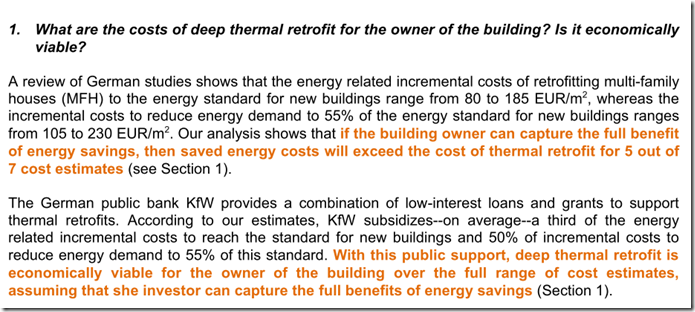http://www.greenwisebusiness.co.uk/news/costs-of-deep-retrofit-still-too-high-to-be-covered-by-green-deal-3665.aspx
Retrofitting can cut carbon emissions by at least half in homes, but the costs of retrofitting at this level are still significantly more than the likely limits on expenditure under the Green Deal, the first independent analysis of the UK ’s leading domestic retrofit programme has found.
The findings, published today, are the first to come out of the Technology Strategy Board ’s (TSB) £17 million Retrofit for the Future (R4tF) demonstration programme, which was set up to to find innovative green technologies to dramatically improve the energy efficiency of homes. The study also concludes that the supply chain is currently too underdeveloped to support large-scale retrofit.
The report, ‚Retrofit Insights: perspectives for an emerging industry’, the full details of which will be released early next month, has been carried out by the charity Institute for Sustainability and University College London’s Energy Institute to help small and medium-sized enterprises (SMEs) in the construction industry prepare for emerging business opportunities in retrofit.
The Institute for Sustainability said the analysis would enable SMEs to tap into a potential £500 billion retrofit market, addressing key issues preventing the UK from retrofitting at the rate necessary to achieve the Government ’s target of an 80 per cent reduction in carbon emissions from buildings by 2050.
"The findings identify a number of areas where focus and investment could help scale up domestic retrofit to the levels needed. These include supply chain capacity, occupant engagement and retrofit project management practices," said Institute for Sustainability chief executive, Ian Short.
Cost of retrofit
The research only looks at eight London-based projects from the TSB’s R4tF programme, but captures, for the first time, insights from the project teams and occupants of selected R4tF projects.
Each retrofit in the sample appears to have cost in excess of £100,000, less than the £150,000 per dwelling set aside by the R4tF to including design, management and activities such as physical monitoring, but far in excess of what could be financed in domestic retrofit under the Green Deal. The R4tF, which launched in 2009, never set out to identify the affordability of retrofit, but the report does conclude that "a critical question for the future is whether retrofit at scale can be made economic".
The Government has made ‚retrofitting’ existing homes one of its key priorities. It plans to insulate 14 million homes by 2020, under its flagship Green Deal policy.
Other key outcomes of the research included that successful retrofits in the sample generated high occupant satisfaction levels; that project teams that were fully integrated communicated better with occupants, implemented better design solutions and produced better handover information; and that there was a lack of experienced retrofit practitioners and sourcing the products and technologies required was difficult. However, the report said that developing the supply chain for retrofit represented "significant opportunities" for the industry and would be aided by further trials at whole street and neighbourhood scale retrofits.
"This extremely valuable report shows the real benefits of retrofitting to house owners and occupiers, and it provides a taster for the detailed analysis and data from the whole Retrofit for the Future programme that the Technology Strategy Board will release next Spring," Ian Meikle, who leads the TSB ‚s work on Low Impact Buildings, said. "It also helps to highlight that innovative UK companies can grow – and help grow the UK economy – by developing technologies that will enable them to exploit the lucrative and growing retrofit market."
The full findings of the report will be officially launched on December 6 2012 at an event hosted by the Institute for Sustainability.

